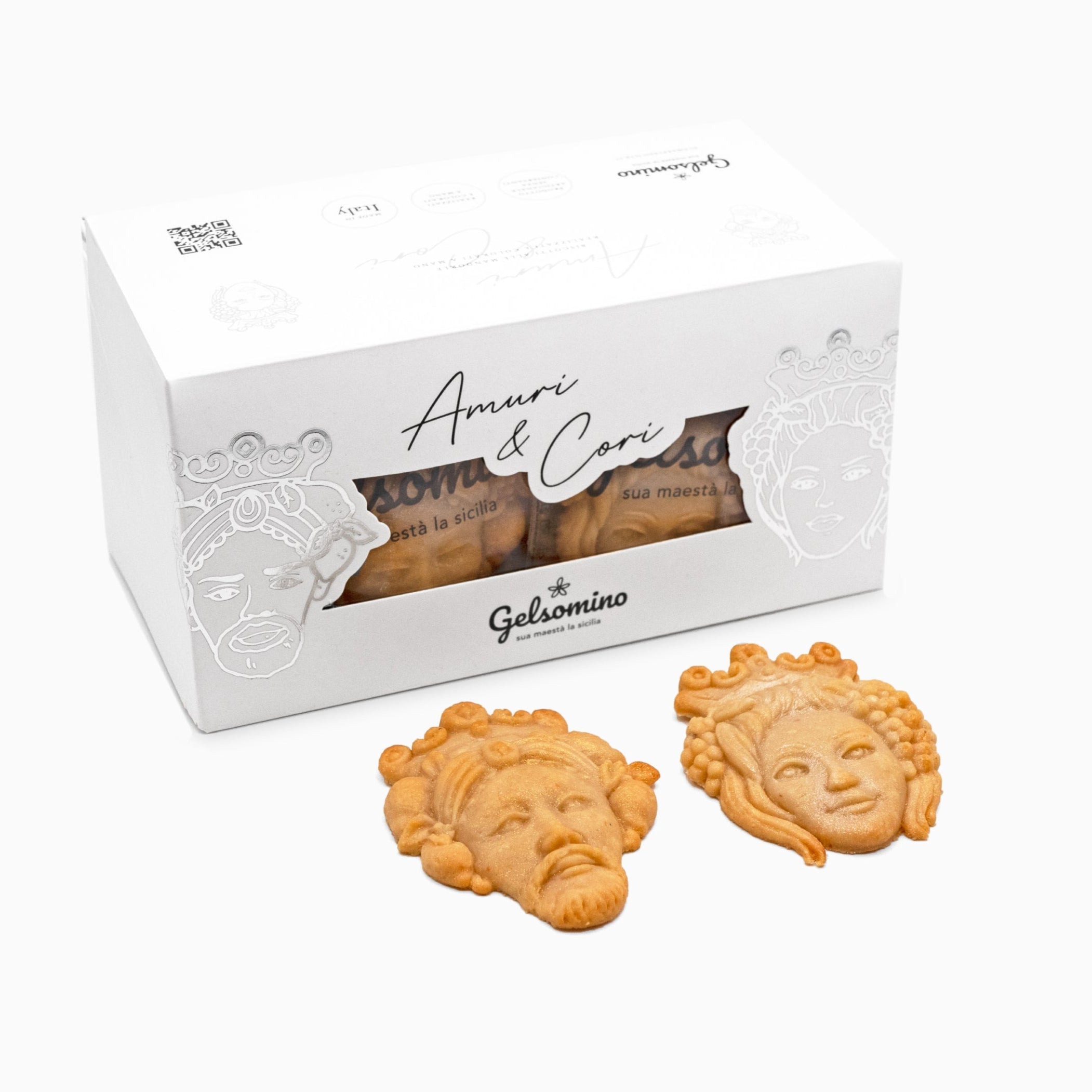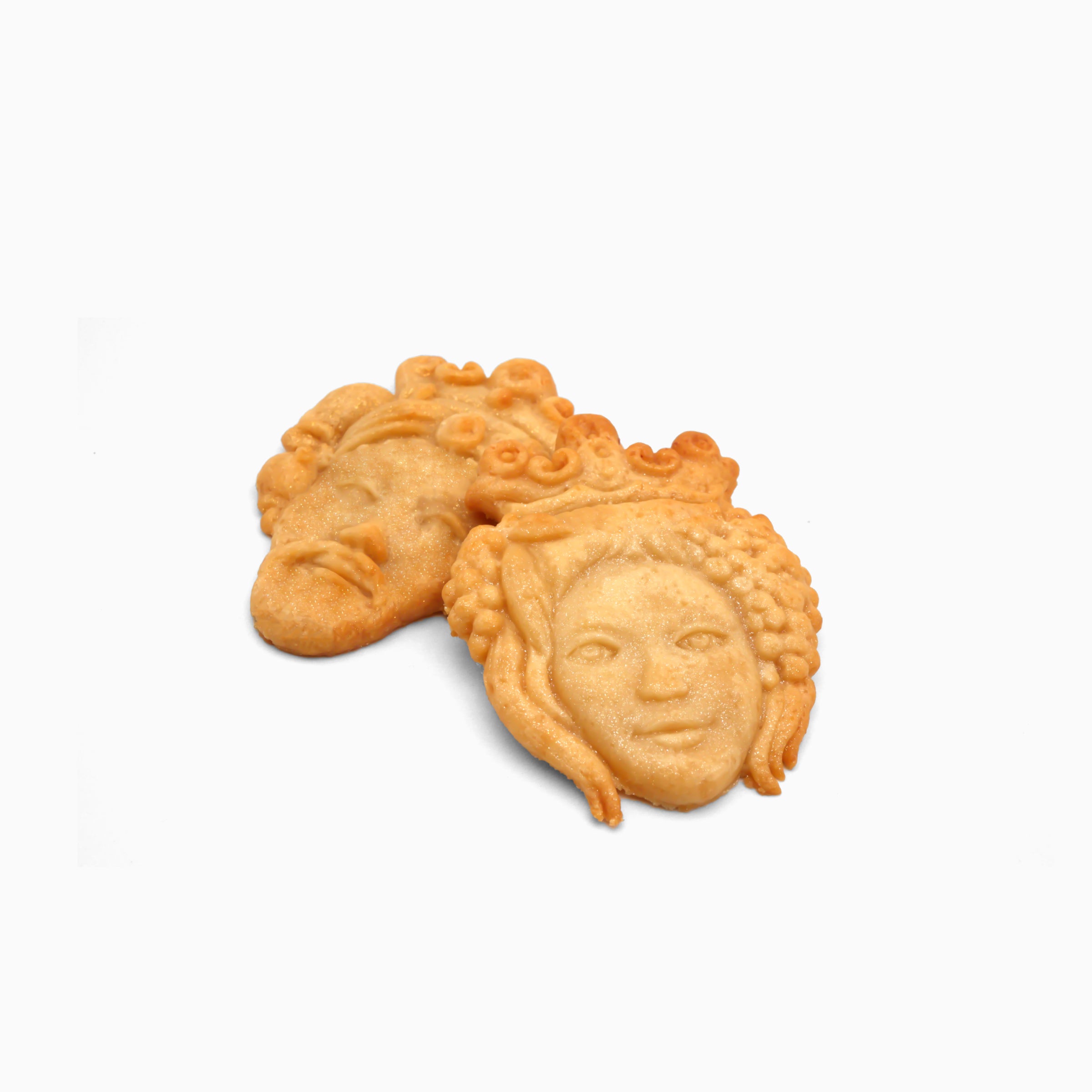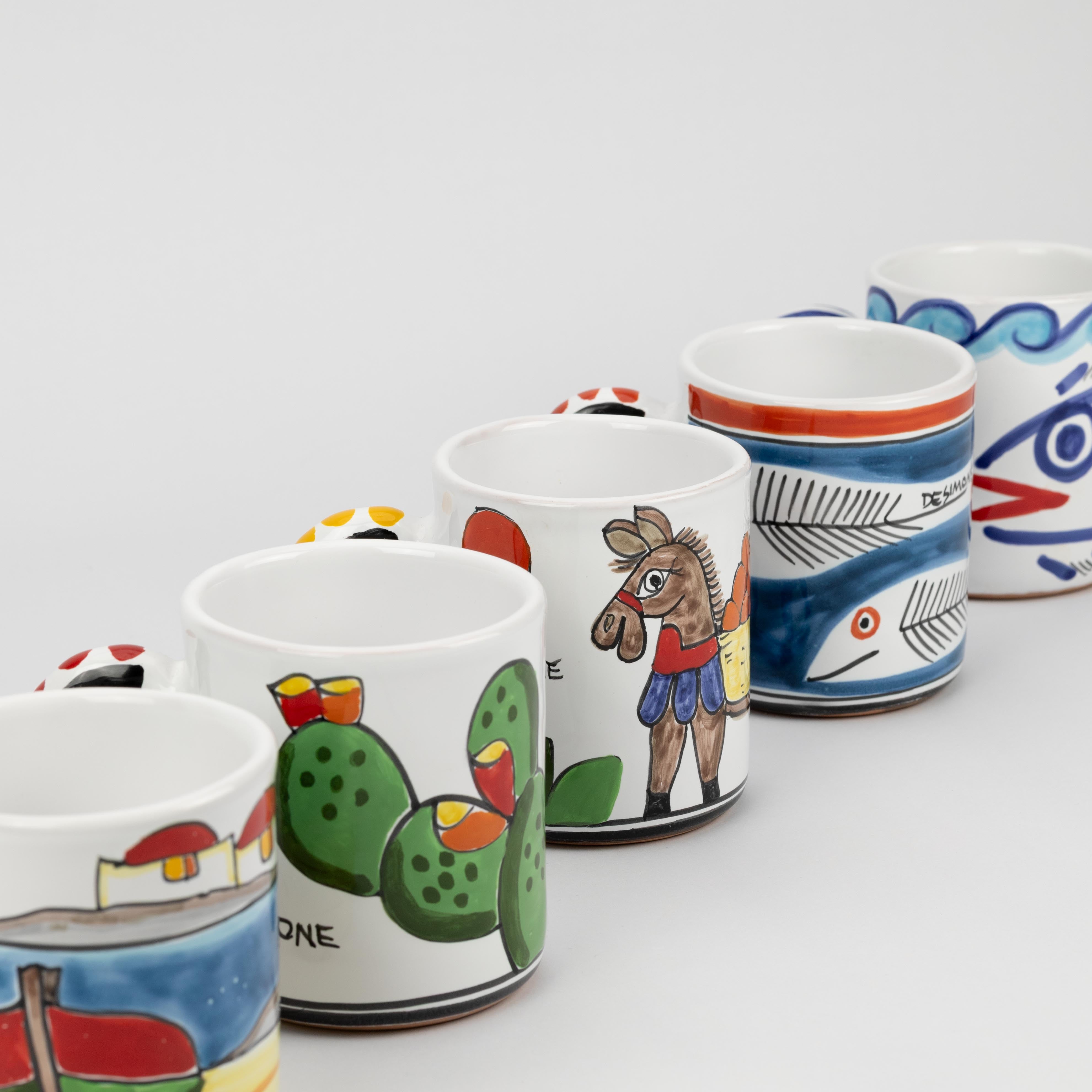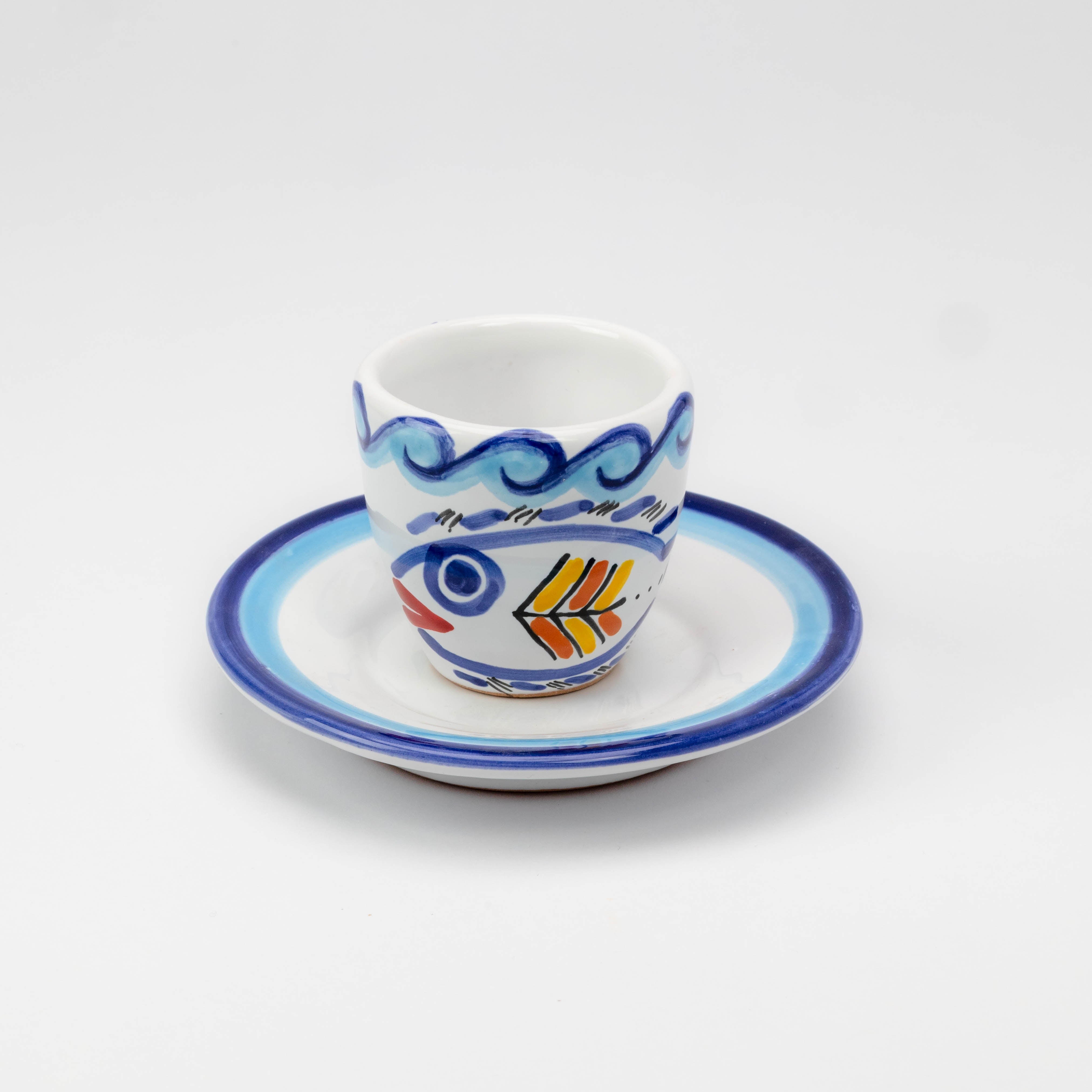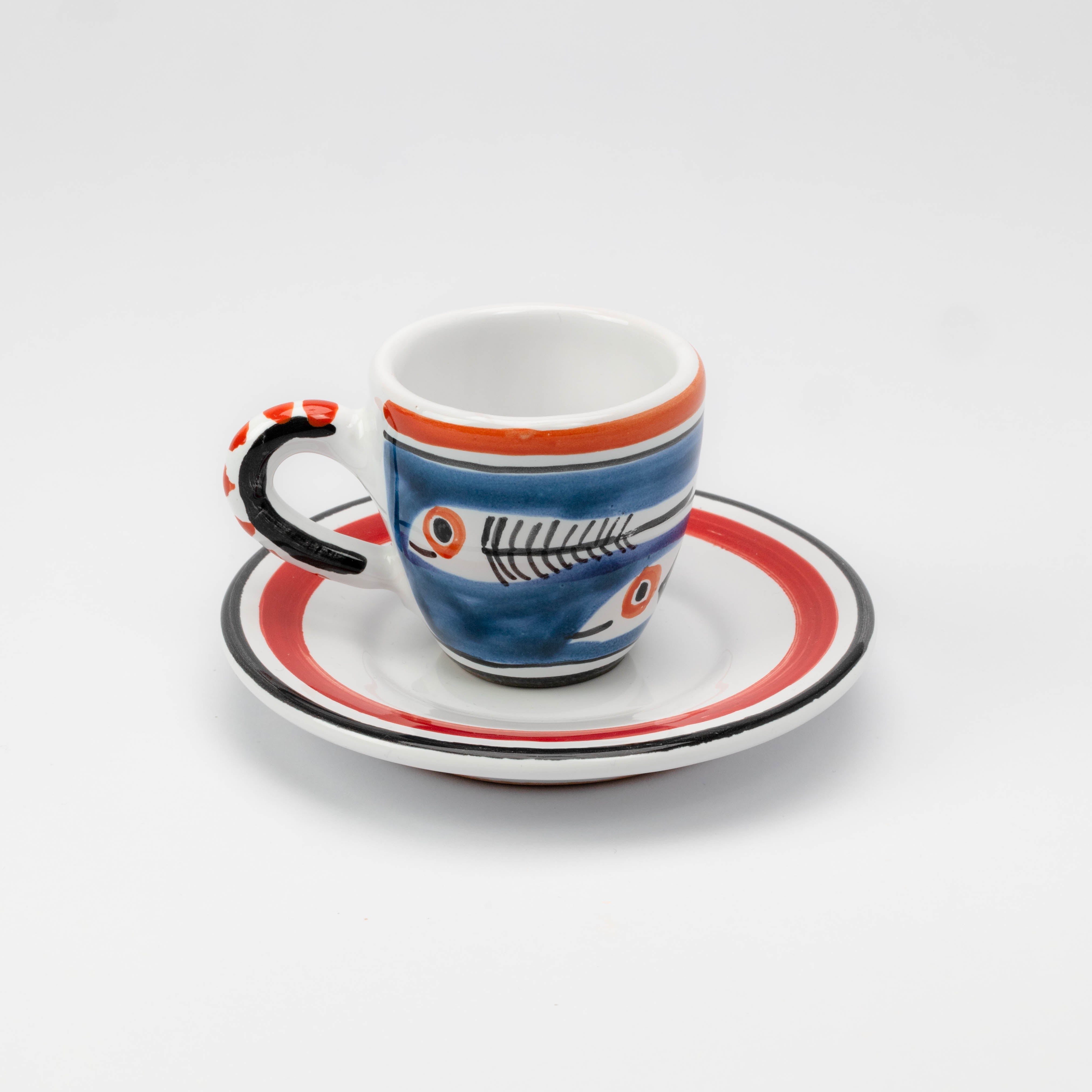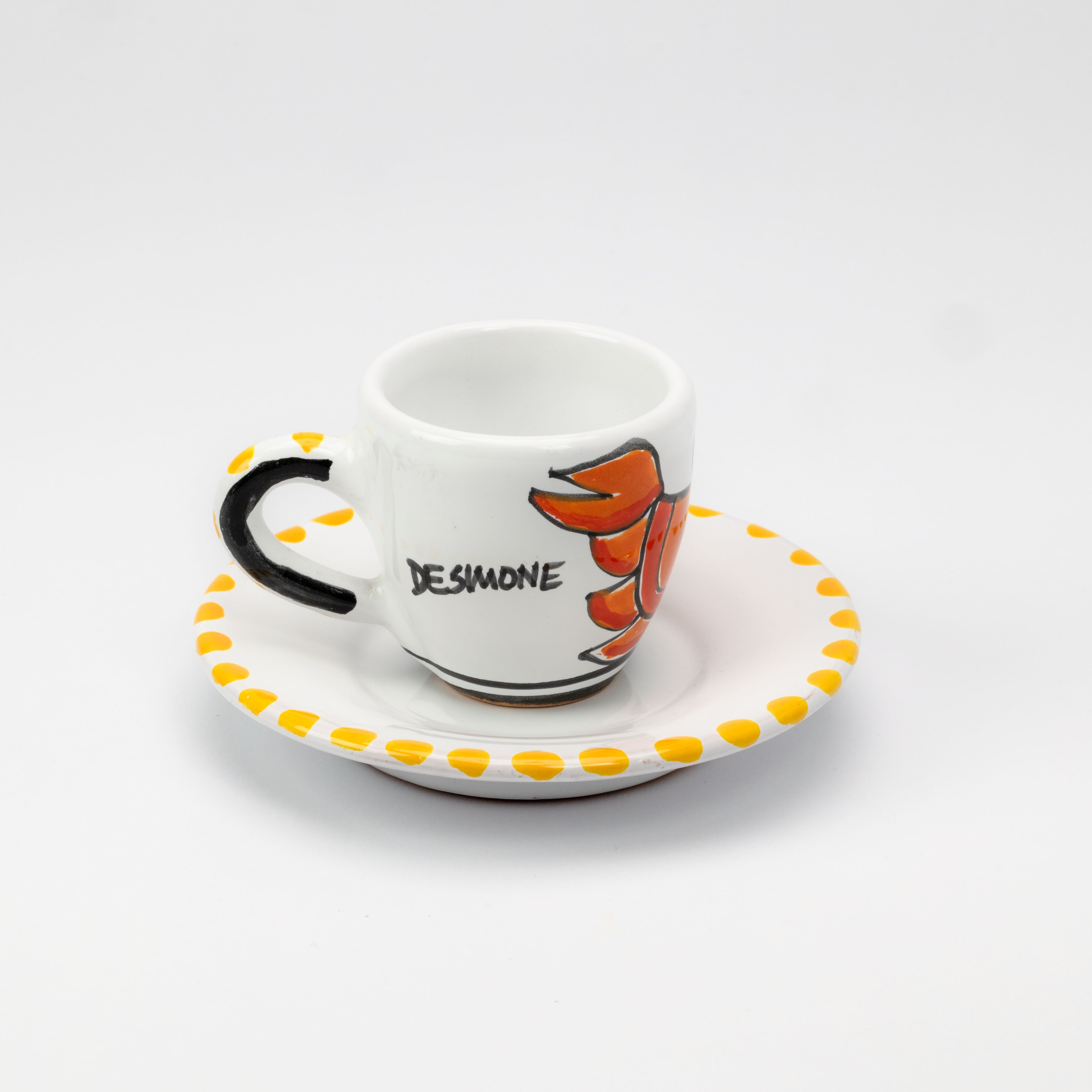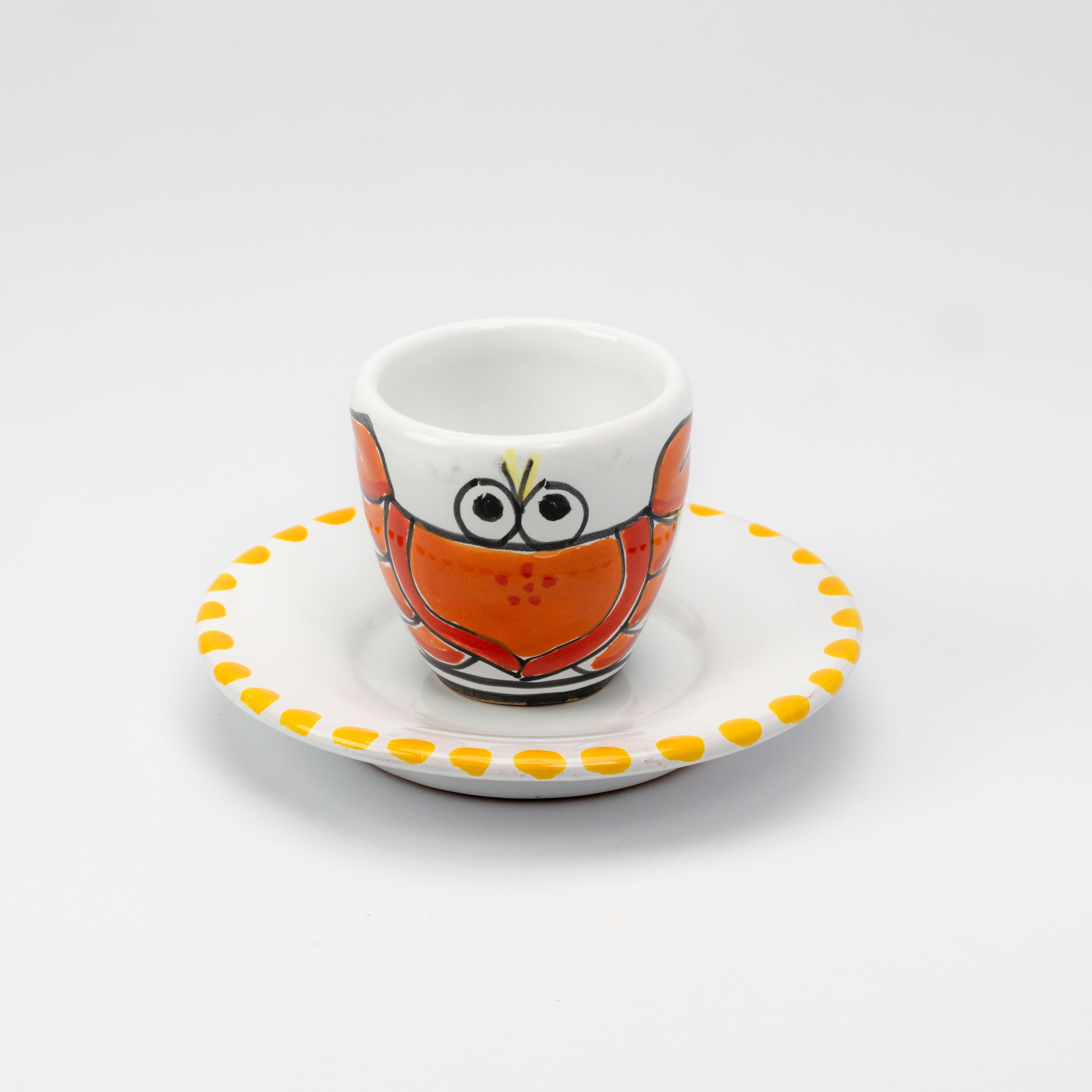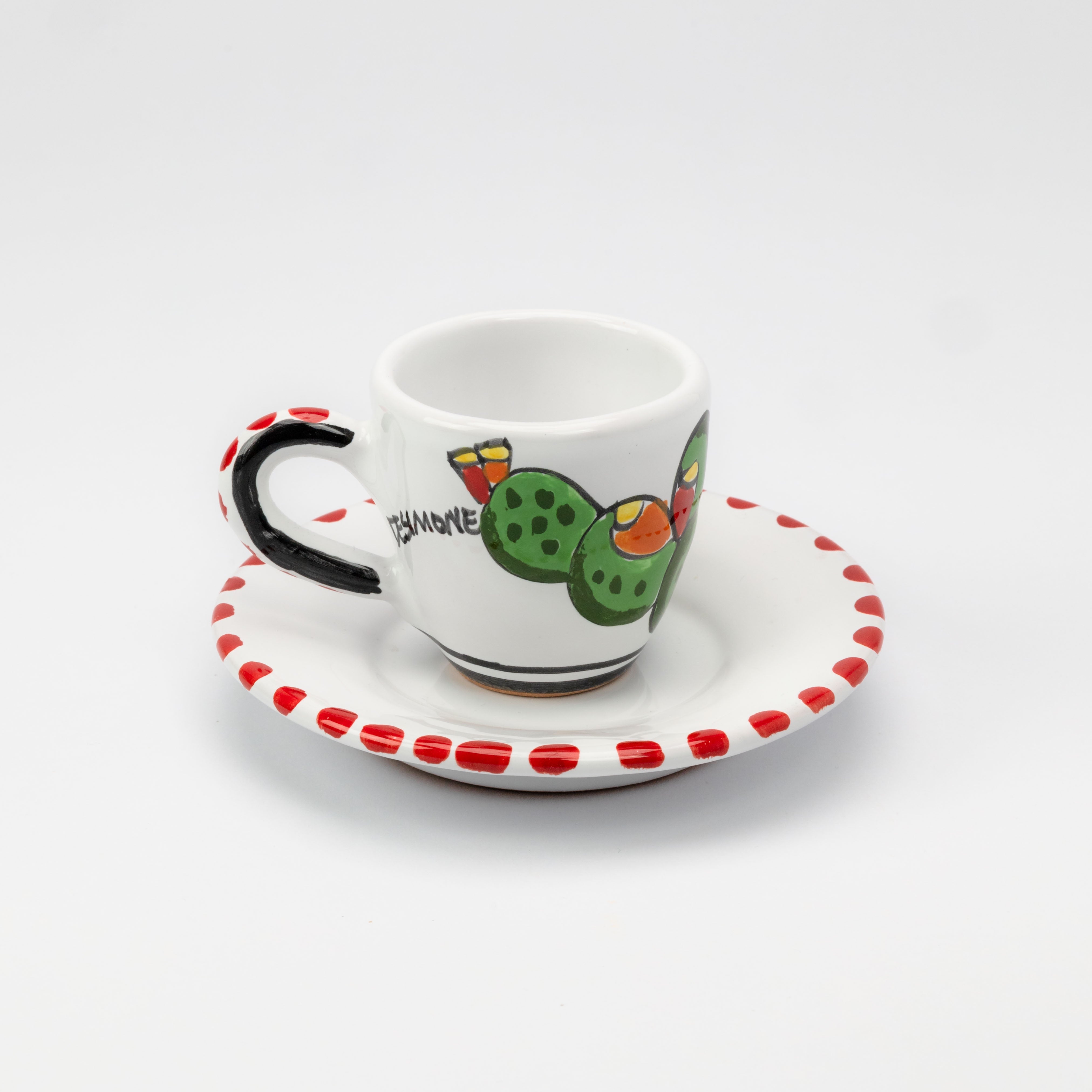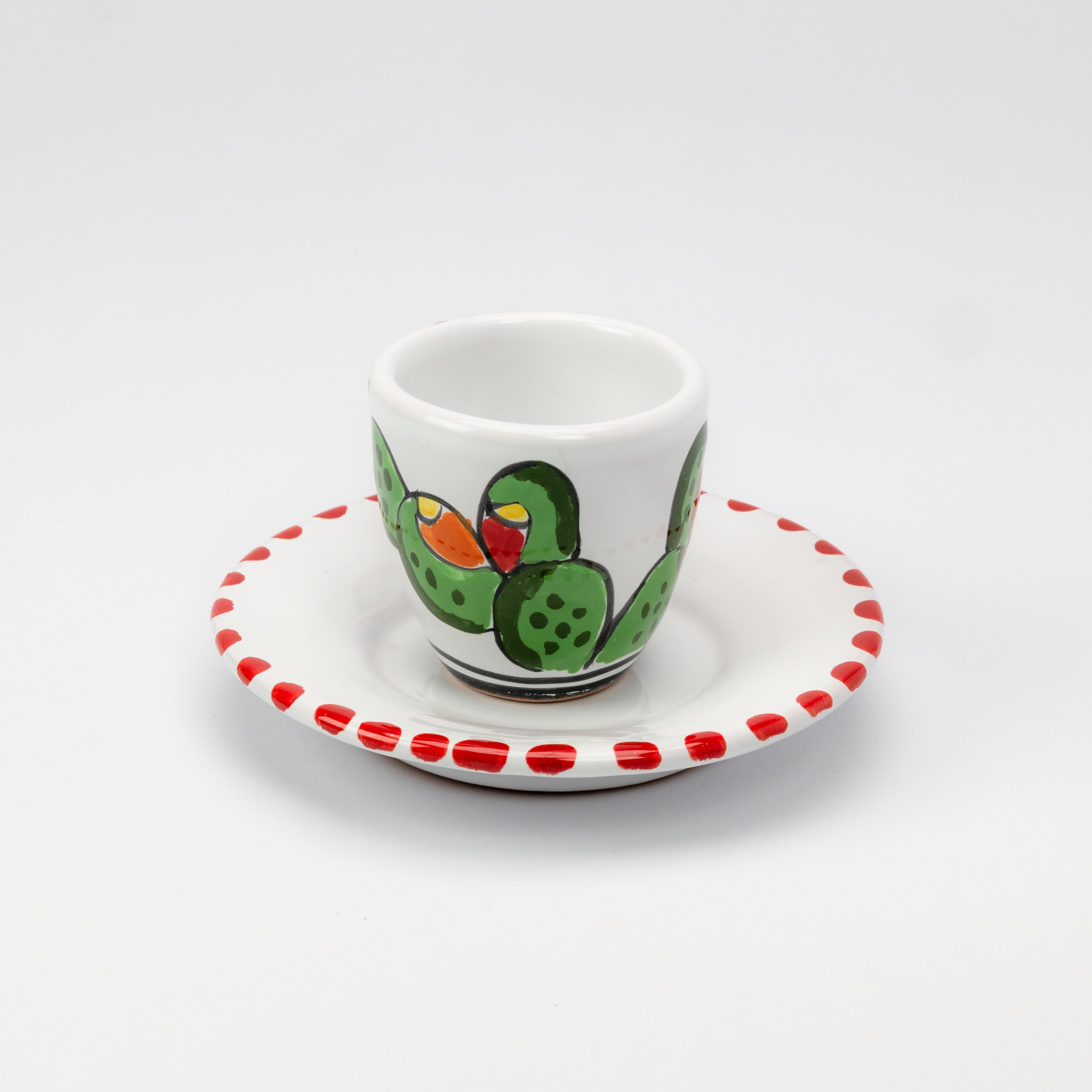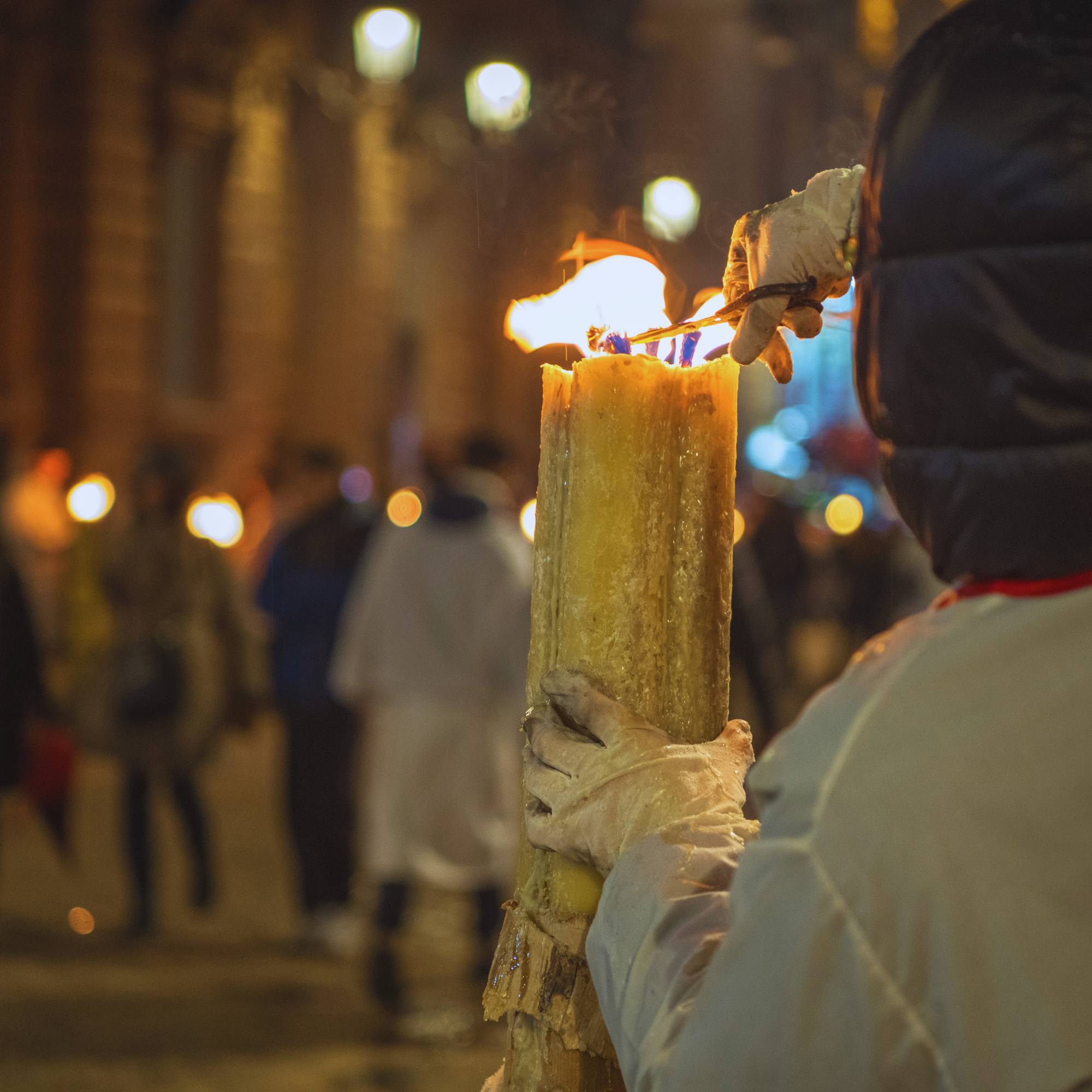The Feast of Sant'Agata is one of the most anticipated and heartfelt events in Sicily. Every year, in Catania, thousands of faithful gather to celebrate the memory of their patron saint, Sant'Agata, a Christian martyr whose story is deeply rooted in the culture and tradition of the island. This festival, which takes place from February 3 to 5, is a true spectacle of faith, folklore and art, which has its roots in a distant past and which continues to enchant and amaze visitors from all over the world.
The Origins of the Feast of Saint Agatha
The story of Saint Agatha is shrouded in mystery and legend. According to tradition, Agatha was born in Catania in 231 AD and from a young age she stood out for her beauty and her Christian faith. When the prefect Quinziano, fascinated by her beauty, asked her to renounce her religion to become his lover, Agatha firmly refused, immediately preferring atrocious tortures rather than betraying her principles. After being subjected to unspeakable suffering, including the amputation of her breasts, Agatha died a martyr in 251 AD
Devotion to Saint Agatha spread rapidly throughout Sicily, and already in the 5th century AD her feast was celebrated with great solemnity in Catania. Over the centuries, the feast has been enriched with traditions and rites that have contributed to making it unique and fascinating.
The Triumphal Chariot of Saint Agatha
One of the most characteristic elements of the festival is undoubtedly the Triumphal Cart of Saint Agatha, an imposing and majestic cart pulled by oxen adorned with flowers, fruit and candles. This cart, which represents the symbol of purity and the victory of faith over violence, is trained in the streets of Catania during the procession on February 5, accompanied by thousands of faithful dressed in white.
The construction of the Triumphal Chariot is an art passed down from generation to generation, with master craftsmen who work for months to create this marvel of wood, papier-mâché and fabrics. Every detail is taken care of with extreme attention, from the statues of the saints to the floral motifs, in a triumph of colors and symbols that make the Triumphal Chariot a truly unique spectacle.
Typical Sweets of the Festival
In addition to the Triumphal Chariot, the Feast of Sant'Agata is also an opportunity to taste the delicious sweets typical of the Catania tradition. Among these, the "Minne di Sant'Agata" stand out, small sweets in the shape of a female breast, made with almond paste, sugar and ricotta. These sweets, which symbolize the martyrdom of Sant'Agata, are prepared with care and love by local pastry shops, becoming an indispensable delicacy for the faithful and visitors.
Another typical dessert of the feast is the "Olivette di Sant'Agata", small almond paste olives covered in chocolate, which recall the symbol of the saint, that is, the palm of martyrdom.
The Procession of Votive Candles
One of the most evocative moments of the Feast of Sant'Agata is undoubtedly the procession of the Votive Candles, which takes place on February 4. Thousands of faithful, dressed in white, parade through the streets of Catania carrying on their shoulders imposing wooden candelabra, called "Candelore", which can reach up to 12 meters in height.
These votive candles, decorated with flowers, ribbons and sacred images, represent an offering of devotion and thanksgiving to Saint Agatha, and their passage is accompanied by songs, prayers and an atmosphere of deep spirituality.
The Relic of Saint Agatha
One of the most precious treasures of the Feast of Saint Agatha is undoubtedly the relic of the saint, kept in the Cathedral of Catania. This relic, which consists of a part of the skull of Saint Agatha, is exposed to the veneration of the faithful during the feast, attracting thousands of pilgrims from all over the world.
The procession of the relic, which takes place on February 5, is a moment of great emotion and devotion, with the faithful kneeling and praying to obtain the blessing and protection of their patron saint.
Conclusion
The Feast of Sant'Agata is much more than a simple religious celebration: it is an explosion of tradition, folklore and art that has its roots in a distant past and that continues to enchant and amaze visitors from all over the world. From the majesty of the Triumphal Chariot to the delicious typical sweets, passing through the evocative procession of the Votive Candles and the veneration of the relic, this festival is a true hymn to faith, culture and Sicilian identity. Participating in the Feast of Sant'Agata is a unique and unforgettable experience, which allows you to immerse yourself in a world of traditions and emotions that have crossed the centuries, reaching us.
